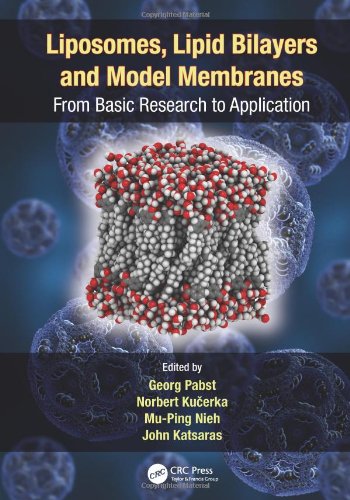

Most ebook files are in PDF format, so you can easily read them using various software such as Foxit Reader or directly on the Google Chrome browser.
Some ebook files are released by publishers in other formats such as .awz, .mobi, .epub, .fb2, etc. You may need to install specific software to read these formats on mobile/PC, such as Calibre.
Please read the tutorial at this link. https://ebooknice.com/page/post?id=faq
We offer FREE conversion to the popular formats you request; however, this may take some time. Therefore, right after payment, please email us, and we will try to provide the service as quickly as possible.
For some exceptional file formats or broken links (if any), please refrain from opening any disputes. Instead, email us first, and we will try to assist within a maximum of 6 hours.
EbookNice Team

Status:
Available0.0
0 reviewsAs a result of their unique physical properties, biological membrane mimetics, such as liposomes, are used in a broad range of scientific and technological applications. Liposomes, Lipid Bilayers and Model Membranes: From Basic Research to Application describes state-of-the-art research and future directions in the field of membranes, which has evolved from basic studies of the physicochemical properties of amphiphiles to their application in industry and medicine. Written by leading researchers in their fields, this book describes basic and applied research, and serves as a useful reference for both the novice and the expert.
Part one covers a range of basic research topics, from theory and computational simulations to some of the most up-to-date experimental research. Topics discussed include soft matter physics of membranes, nonlamellar phases, extraction of molecules by amphiphiles, lipid models for membrane rafts, membrane dynamics, nanodiscs, microemulsions, active membranes, as well as interactions of bilayers with drugs or DNA to treat disease or for gene transfer, respectively.
Part two of the book focuses on technological applications of amphiphiles, such as liposome-based nanoparticles for drug delivery, formulation of liposomes for prolonged in vivo circulation and functionalization for medical purposes, novel drug delivery systems for increased drug loading, and the use of tethered membranes for bio-sensing applications. Chapters also describe the use of liposomes in textile dyeing and how lipidic nanoparticles are used by the food industry.